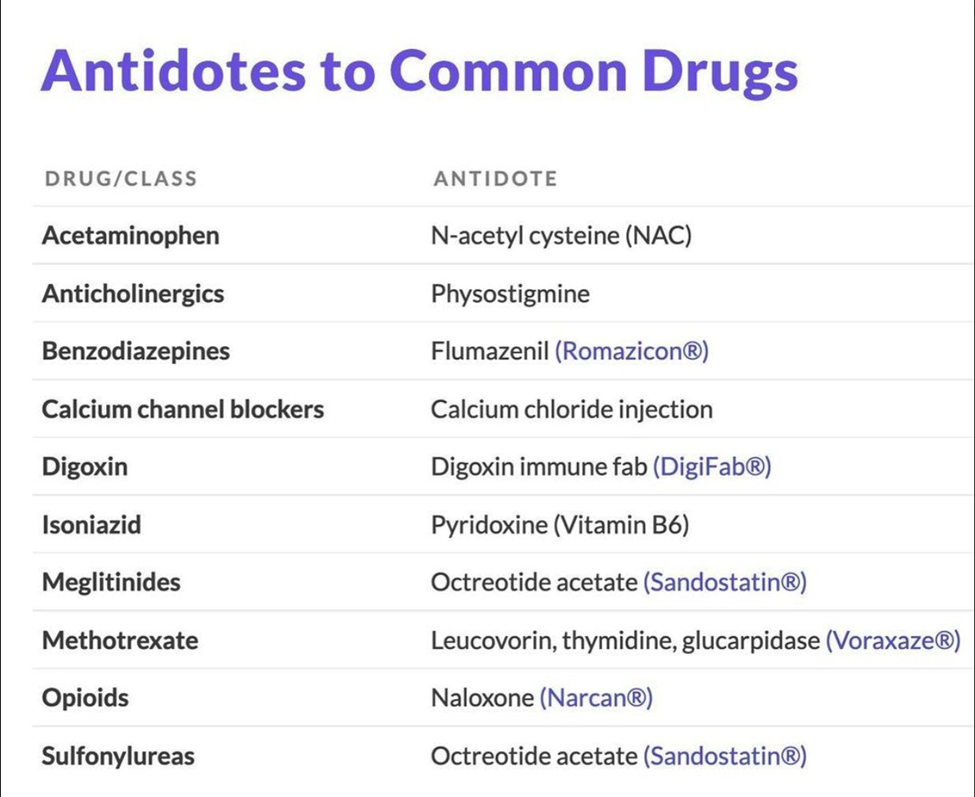The client is brought to the emergency department with a reported overdose of morphine. Which drug does the nurse anticipate will be prescribed?
Butorphanol
Naloxone
Flumazenil
Pentazocine
The Correct Answer is B
A. Butorphanol
Butorphanol is a mixed opioid agonist-antagonist. It has both agonist and antagonist properties at opioid receptors. While it can be used for pain management, it is not commonly used for opioid overdose reversal.
B. Naloxone
Naloxone is an opioid receptor antagonist and is the drug of choice for reversing opioid overdose, including morphine overdose. It works by competitively binding to opioid receptors, blocking the effects of opioids.
C. Flumazenil
Flumazenil is a selective antagonist for benzodiazepines. It is used to reverse the effects of benzodiazepine overdose but does not have an effect on opioid overdose.
D. Pentazocine
Pentazocine is a mixed opioid agonist-antagonist. Like butorphanol, it has both agonist and antagonist properties at opioid receptors. It is used for pain management but is not commonly used for opioid overdose reversal.

Nursing Test Bank
Naxlex Comprehensive Predictor Exams
Related Questions
Correct Answer is A
Explanation
A. Misoprostol (Cytotec)
The patient complaining of gastric distress from NSAIDs (Nonsteroidal Anti-Inflammatory Drugs) like aspirin or indomethacin may benefit from the administration of misoprostol (Cytotec). Misoprostol is a prostaglandin analog that helps protect the stomach lining and reduce the risk of NSAID-induced gastric ulcers.
B. Lansoprazole (Prevacid)
Lansoprazole is a proton pump inhibitor (PPI) that reduces stomach acid production. While PPIs can be used for certain acid-related conditions, they do not directly protect against NSAID-induced gastric distress.
C. Magaldrate (Riopan)
Magaldrate is an antacid that neutralizes stomach acid. It may provide relief from symptoms of indigestion but does not specifically address the gastric distress caused by NSAIDs.
D. Magnesium trisilicate (Gaviscon)
Magnesium trisilicate is an antacid that helps neutralize stomach acid. Like magaldrate, it may alleviate symptoms of indigestion but does not target the underlying issue of NSAID-induced gastric distress.
Correct Answer is ["125"]
Explanation
`To calculate the rate of infusion in mL/h, you need to divide the total volume of fluid by the total time of infusion.
In this case, you have 1,000 mL of normal saline (NS) to infuse in eight hours.
Therefore, the rate of infusion is 1,000 mL / 8 h = 125 mL/h.
Whether you are a student looking to ace your exams or a practicing nurse seeking to enhance your expertise , our nursing education contents will empower you with the confidence and competence to make a difference in the lives of patients and become a respected leader in the healthcare field.
Visit Naxlex, invest in your future and unlock endless possibilities with our unparalleled nursing education contents today
Report Wrong Answer on the Current Question
Do you disagree with the answer? If yes, what is your expected answer? Explain.
Kindly be descriptive with the issue you are facing.
